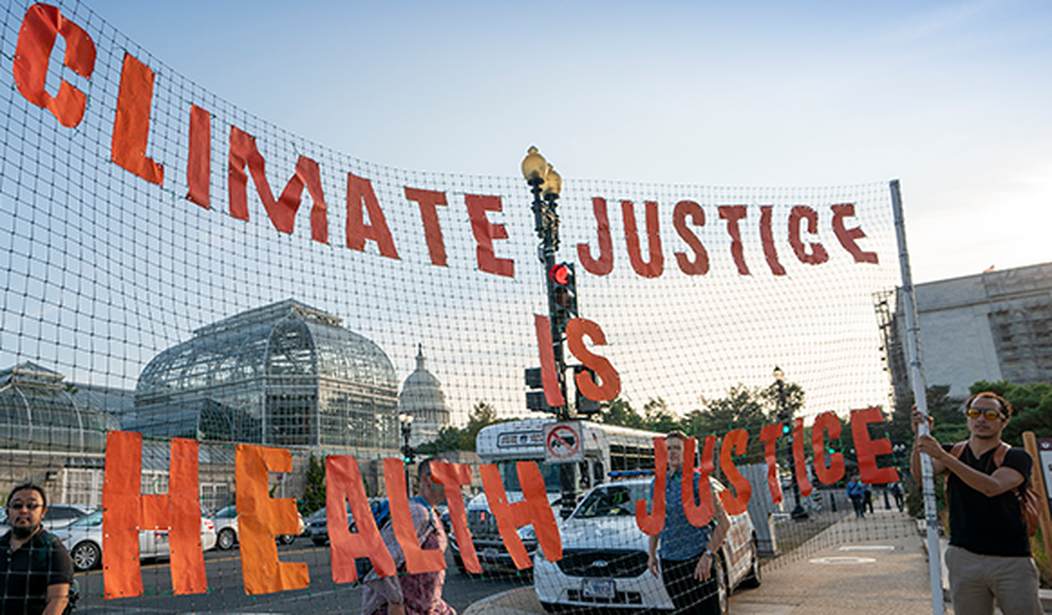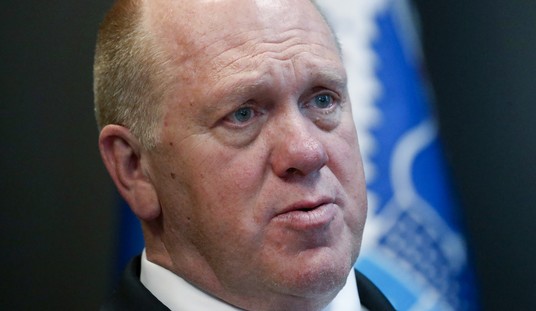References to climate change almost guarantee funding, even for research topics of little interest beyond academia and eco-activists. Polls reveal that most people worry most about energy and food prices, crime, living standards, Putin’s war on Ukraine, and increasing efforts to control their lives.
A recent Rutgers University scientists sought to determine how much diversity is required among bee species to sustain wild plant populations. They concluded that ecosystems rely on many bee species to flourish – and “biodiversity is key to sustaining life on Earth,” especially with many species “rapidly going extinct due to climate change and human development.”
US Geological Survey wildlife biologist Sam Droege says wild bees are generally “doing fine.” However, they definitely face challenges, primarily due to habitat loss, disease, and competition from managed honeybees and bumblebees – not to pesticides, since most wild bee species don’t pollinate crops.
That brings us to one of Wokedom’s favorite topics: intersectionality– in this case, actual connections among bees, climate change, habitat losses, and threats to our energy, living standards and freedoms.
Simply put, the gravest threat to wildlife habitats and biodiversity (and to people's rights, needs and living standards) is not climate change. It is policies and programs created, implemented and imposed in the name of preventing climate change.
Let’s examine habitat and biodiversity threats– without asking whether any climate changes today or in the future are still primarily natural, or are now driven by fossil fuels. Let’s just look at what purported solutions to the alleged “climate crisis” would likely do to the planet and creatures we love.
Recommended
In reality:
The most intensive land use – and thus greatest habitat destruction – is from programs most beloved, advocated and demanded by rabid greens: wind, solar, biofuel and battery energy, and organic farming.
Team Biden is still intent on getting 100% hydrocarbon-free electricity by 2035. It wants to eliminate fossil fuels throughout the US economy by 2050: no coal or natural gas for electricity generation; no gasoline or diesel for vehicles; no natural gas for manufacturing, heating, cooking or other needs.
America’s electricity demand would soar from 2.7 billion megawatt-hours per year (the fossil fuel portion of total US electricity) to almost 7.5 billion MWh by 2050. Substantial additional generation would be required to constantly recharge backup batteries for windless, sunless periods. Corn-based ethanol demand would disappear, but biofuel crops would have to replace petrochemical feed stocks for paints, plastics, pharmaceuticals, cosmetics, cell phones, wind turbine blades and countless other products.
This is just for the USA. Extrapolate these demands to the rest of a fossil-fuel-free developed world ... to China and India ... and to poor countries determined to take their rightful places among Earth’s healthy and prosperous people – and “clean, green” energy requirements become monumental, incomprehensible.
We’re certainly looking at tens of thousands of offshore wind turbines, millions of onshore turbines, billions of photovoltaic solar panels, billions of vehicle and backup battery modules, and tens of thousands of miles of new transmission lines. Hundreds of millions of acres of US farmland, scenic areas and wildlife habitats would be affected –blanketed with enormous industrial facilities, biofuel operations and power lines.
Add in the enormous and unprecedented mining, processing and manufacturing required to make all these energy-inefficient technologies – mostly outside the United States – and the land use, habitat loss and toxic pollution would gravely threaten people, wildlife and planet.
Let’s take a closer look, now just from a US perspective, but knowing these are global concerns.
Solar power. 72,000 high-tech sun-tracking solar panels at Nevada’s sunny Nellis Air Force Base cover 140 acres but generate only 32,000 MWh per year. That’s 33% of rated capacity; 0.0004% of 2050 US electricity needs. Low-tech stationary panels have far lower efficiency and generating capacity, especially in more northern latitudes. Meeting 2050 US electricity needs would require Nevada sunshine and nearly 235,000 Nellis systems on 33,000,000 acres (equal to Alabama).
Triple that acreage for low-tech stationary panels in less sunny areas. For reference, Dominion Energy alone is planning 490 square miles of panels (8 times Washington, DC) just in Virginia, just for Virginia. Then add all the transmission lines.
Wind power. 355 turbines at Indiana’s Fowler Ridge industrial wind facility cover 50,000 acres (120 acres/turbine) and generate electricity just over 25% of the time. Even at just 50 acres per turbine, meeting 2050 US power needs would require 2 million 1.8-MW wind turbines, on 99,000,000 acres (equal to California), if they generate electricity 25% of the year.
But the more turbines (or solar panels) we need, the more we have to put them in sub-optimal areas, where they might work 15% of the year. The more we install, the more they reduce wind flow for the others. And some of the best US wind zones are along the Canada-to-Texas flyway for migrating birds – which would mean massive, unsustainable slaughter of cranes, raptors, other birds and bats.
Go offshore, and even President Biden’s call for 30,000 MW of electricity (2,500 monster 12-MW turbines) wouldn’t meet New York State’s peak summertime electricity needs.
Biofuels and wood pellets. America already grows corn on acreage totaling more than Iowa, just to meet 2021 ethanol needs. Anti-fossil-fuel interests need to calculate how many acres of soybeans, canola and other biofuel crops would be needed to replace all those petrochemical feed stocks. (They also need to calculate water, fertilizer, labor, tractor, processing and other requirements.) And of course, acreage not removed from food production would have to be converted from bee and wildlife habitats.
Climate activists also insist it is sustainable to cut down thousands of acres of North American hardwood forests (nearly 300,000,000 trees per year)and turn them into wood pellets – which are hauled by truck and cargo ship to England’s Drax Power Plant. There they are burned to generate electricity, so that the UK can “meet its sustainable, renewable fuel targets.” And that’s just one “carbon-neutral” power plant.
Organic farming. The environmentalist dream of converting all US (and even all global) agriculture to 100% organic would also reduce wildlife habitats dramatically – especially if humanity is to simultaneously eliminate world hunger ... and replace petrochemicals organically.
Organic farms require up to 30% more land to achieve the same yields as conventional agriculture, and most of the land needed to make that happen is now forests, wildflower fields and grasslands. Organic farmers (and consumers) also reject synthetic fertilizers, which means more land would have to be devoted to raising animals for their manure, unless human wastes are used. More lost wildlife habitat.
They reject modern chemical pesticides that prevent billions of tons of food from being eaten or ruined, but utilize toxic copper, sulfur and nicotine-based pesticides. They even reject biotechnology (genetic engineering) that creates crops that are blight-resistant, require less water, permit no-till farming, need fewer pesticide treatments, and bring far higher yields per acre. Translation: less wildlife habitat.
There are alternatives, of course. Government mandates and overseers could require that “average” American families live in 640-square-foot apartments, slash their energy use, ride only bicycles or public transportation, and fly only once every few years. We could also switch to “no-obesity” diets.
Indeed, scientists are again saying we common folks could “reduce our carbon footprints” by eating less beef and chicken, and more insect protein, perhaps ground-up bugs – or roasted bumblebees. Or we could just reduce the number of “cancerous, parasitic” humans. (Perhaps beginning with wannabe overseers?)
Paul Driessen is senior policy advisor for the Committee For A Constructive Tomorrow(www.CFACT.org)and author ofEco-imperialism: Green Power-Black Deathand many articles on the environment.
























Join the conversation as a VIP Member